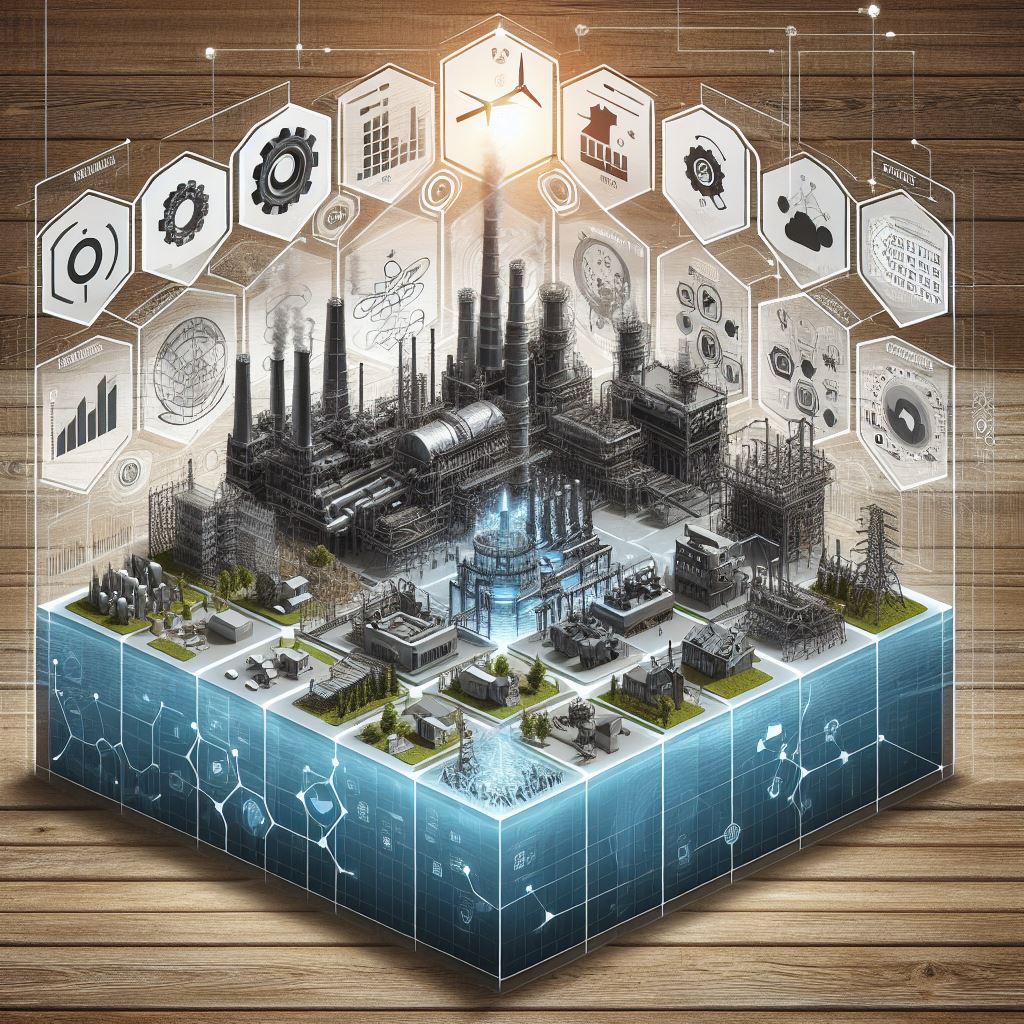General digital transformation maturity model vs Industrial digital transformation maturity model

Innovation Management Framework- Introduction
December 18, 2023
Understanding Organizational Structure: An Introduction
December 18, 2023In the previous article, we discussed the concept of digital transformation and the maturity of digital transformation. In this section, we will delve into the notion of general and industrial digital transformation maturity.

General digital transformation maturity model
The General Digital Transformation Maturity Model is a framework that evaluates an organization’s digital transformation progress. It consists of stages depicting the evolution from basic digitization to advanced integration of technologies like AI and machine learning. In the initial stages, organizations focus on basic digitization and operational efficiency, while advanced stages involve strategic alignment with business goals, innovation, and a mature understanding of digital impacts. The model provides a roadmap for organizations to assess, improve, and plan for their digital transformation journey, ensuring competitiveness in the evolving digital landscape.
Industrial Digital Transformation Maturity Model
The Industrial Digital Transformation Maturity Model is a framework designed to evaluate the progression and sophistication of digitalization efforts within industrial sectors. It tailors the concept of digital maturity specifically to industries such as manufacturing, energy, healthcare, and logistics. At its initial stages, industrial digital transformation often involves the implementation of sensor technologies, basic automation, and data collection mechanisms. This foundational level focuses on enhancing operational efficiency and reliability through the integration of digital technologies. As organizations progress through the maturity model, they move towards more advanced stages characterized by the adoption of Industrial Internet of Things (IIoT), advanced analytics, and predictive maintenance. This entails leveraging real-time data from connected devices to optimize processes, minimize downtime, and enhance overall productivity. Additionally, industries at this stage may start incorporating digital twins—virtual replicas of physical assets or systems—to simulate and optimize their operations.

In the intermediate stages, organizations within industrial sectors may prioritize connectivity and interoperability, creating integrated ecosystems that allow seamless communication between various components of the value chain. This stage often involves the convergence of operational technology (OT) and information technology (IT) systems, facilitating a more holistic approach to data management and decision-making. At the advanced levels of industrial digital transformation maturity, organizations exhibit a high degree of automation, artificial intelligence integration, and the ability to implement Industry 4.0 principles. This includes the adoption of smart factories, autonomous systems, and the continuous pursuit of innovation to stay competitive in rapidly evolving markets. The maturity model serves as a valuable guide for industrial organizations, helping them assess their digital capabilities, identify areas for improvement, and strategically plan for the next phases of their digital transformation journey tailored to the unique challenges and opportunities of their respective industries.
Difference of general digital transformation maturity model and industrial digital transformation maturity model
The General Digital Transformation Maturity Model and the Industrial Digital Transformation Maturity Model share the overarching goal of assessing the maturity and advancement of digital initiatives within organizations. However, they differ in their focus and application, catering to different sectors and contexts. Here are key distinctions between the two:
- Scope and Focus:
- General Digital Transformation Maturity Model: This model is broad and applicable across various industries and sectors. It encompasses a wide range of businesses, including finance, healthcare, retail, and more. The focus is on general principles and stages of digital transformation that are universally relevant.
- Industrial Digital Transformation Maturity Model: This model is specifically tailored for industries such as manufacturing, energy, transportation, and healthcare. It takes into account the unique challenges, processes, and technologies associated with these industrial sectors, emphasizing the integration of digital technologies into their specific operational contexts.
- Technological Emphasis:
- General Digital Transformation Maturity Model: Emphasizes a wide array of digital technologies, including artificial intelligence, data analytics, cloud computing, and collaborative tools. The focus is on how these technologies can be applied across different business functions for overall organizational improvement.
- Industrial Digital Transformation Maturity Model: Places a specific emphasis on technologies relevant to industrial processes, such as Industrial Internet of Things (IIoT), predictive maintenance, digital twins, and automation technologies. The model is tailored to address the unique needs and challenges of industrial sectors, where the integration of digital technologies into operational processes is critical.
- Context and Challenges:
- General Digital Transformation Maturity Model: Considers a broad spectrum of industries with diverse challenges and opportunities. It provides a general framework that organizations can adapt to their specific contexts.
- Industrial Digital Transformation Maturity Model: Recognizes the specific challenges and complexities of industrial sectors, such as the need for precision, safety considerations, and the integration of digital technologies into physical processes. The model is designed to address these sector-specific challenges.



